In the ever-evolving world of logistics and supply chain management, digital transformation is key to staying competitive. One of the unsung heroes of this technological evolution is JSON, or JavaScript Object Notation. This lightweight data-interchange format has become the backbone of communication and automation in modern logistics systems.
Its simplicity, flexibility, and compatibility make JSON a perfect fit for the highly dynamic and interconnected nature of logistics operations. From warehouse automation to last-mile delivery tracking, JSON streamlines processes by enabling seamless data exchange across platforms and devices.
The Role of Data in Logistics
Modern logistics is all about data. Whether it's inventory levels, shipment statuses, delivery schedules, or vehicle tracking, logistics companies rely heavily on data to make informed decisions. JSON plays a crucial role in structuring and exchanging this data across various systems.
JSON allows logistics platforms to communicate in a common language, eliminating the barriers between legacy systems and modern applications. As logistics operations move toward cloud-based platforms, APIs using JSON have become the industry standard for data integration.
Why JSON Is Ideal for Logistics
Unlike XML or other data formats, JSON is easy to read and write for both humans and machines. This is particularly beneficial in logistics, where fast processing and low latency are essential. JSON structures data in a clean and minimal format, making it lightweight and efficient.
Its compatibility with most programming languages and RESTful APIs makes it easier for developers to build logistics applications that can scale. JSON reduces the overhead of data parsing and speeds up communication between systems, whether it's an e-commerce platform sending orders to a warehouse or a GPS system reporting a delivery route.
Streamlining Warehouse Operations
Warehouses generate vast amounts of data every day. JSON is used to represent this data in real-time systems that manage inventory, automate picking processes, and sync with enterprise resource planning (ERP) software.
For example, when an item is picked from a shelf, the warehouse management system sends a JSON payload to update the inventory. This ensures all connected systems reflect the latest data, reducing errors and improving accuracy across operations.
Real-Time Fleet Tracking
GPS tracking and telematics systems rely heavily on JSON for real-time data exchange. A delivery truck outfitted with a tracking device sends JSON-encoded information about its location, speed, and estimated time of arrival to central dispatch systems.
This enables logistics companies to provide accurate updates to customers, optimize delivery routes, and react promptly to unexpected delays. JSON plays a key role in ensuring that all this information flows smoothly and quickly.
Enhancing Last-Mile Delivery
The last mile is often the most complex and expensive part of the delivery process. JSON facilitates smoother last-mile operations by helping different systems communicate effectively.
For instance, customer data from an e-commerce platform can be packaged in JSON and sent to a third-party delivery service. The delivery driver receives route information, package details, and customer contact data in real-time. All updates made during delivery like "delivered," "attempted delivery," or "reschedule requested" are sent back as JSON, keeping all parties in sync.
Integration With IoT Devices
Internet of Things (IoT) devices have become commonplace in logistics. From RFID scanners and smart pallets to automated guided vehicles (AGVs), these devices generate a massive volume of data.
JSON enables seamless communication between IoT devices and central control systems. When a sensor detects that a container is reaching its temperature threshold, it sends a JSON alert to trigger preventive measures. This kind of proactive monitoring is crucial for perishable goods and sensitive shipments.
Powering Logistics APIs
APIs are the lifeblood of modern logistics. JSON is the preferred format for sending and receiving data via APIs, thanks to its structure and readability. Logistics platforms use APIs to integrate services like shipment tracking, address verification, label generation, and customs documentation.
By using JSON, companies can easily plug into third-party services without custom development for each integration. This speeds up deployment times and enhances system interoperability, which is essential in fast-moving logistics environments.
Improving Supply Chain Visibility
Transparency is essential in supply chain management. JSON provides a structured way to capture and share information across all supply chain partners.
Suppliers, manufacturers, distributors, and retailers can exchange real-time data using JSON. This allows for better demand forecasting, quicker response times, and improved customer satisfaction. Supply chain managers get a holistic view of operations, making it easier to identify bottlenecks and inefficiencies.
JSON in E-Commerce Fulfillment
E-commerce logistics depends on real-time updates and smooth integrations. JSON plays a pivotal role in order management systems (OMS), connecting sales platforms with warehouse and delivery partners.
When a customer places an order online, the OMS sends order details in JSON format to the warehouse. After the order is packed and shipped, the tracking number and shipment status are returned in JSON to the e-commerce site. This automatic loop ensures that customers receive timely notifications and accurate tracking information.
Reducing Human Errors
Manual data entry is prone to errors. JSON reduces this risk by automating data transfer between systems. By using JSON for data interchange, logistics companies eliminate inconsistencies and ensure data integrity.
This leads to fewer shipment delays, incorrect deliveries, or inventory mismatches. Automation powered by JSON helps improve service quality and reduces operational costs.
Adapting to Industry Standards
As the logistics industry embraces standards like EDI (Electronic Data Interchange) and newer technologies like blockchain, JSON continues to play a foundational role. Many modern EDI replacements use JSON for data formatting due to its simplicity and adaptability.
Even blockchain implementations for logistics record-keeping use JSON to create transparent, immutable transaction records. This shows that JSON is not just a tool for data transmission but a bridge to innovation and modernization.
Future-Proofing Logistics With JSON
As logistics becomes increasingly digitized, the importance of flexible and scalable data formats will only grow. JSON’s adaptability makes it ideal for integrating AI-driven analytics, machine learning, and predictive modeling into logistics platforms.
The ability to quickly collect, transmit, and interpret data allows companies to make smarter decisions faster. JSON is laying the groundwork for the future of intelligent, connected, and highly responsive logistics systems.
Key Takeaways
JSON has become indispensable in modern logistics due to its lightweight, structured, and adaptable nature. It enables seamless data exchange between platforms, applications, and devices across the supply chain. From enhancing real-time tracking and warehouse automation to powering APIs and IoT integrations, JSON helps logistics companies operate more efficiently and transparently. It supports automation, reduces human error, and prepares the industry for future technological shifts.
Our Opinion
At Soraia, we believe that embracing modern technologies like JSON is essential for any logistics business aiming to stay competitive. Its role in driving automation, improving visibility, and enabling smarter integrations makes it a strategic asset for digital transformation. If you're considering implementing or improving your logistics infrastructure, contact us to discover how JSON-powered systems can revolutionize your operations.




.avif)


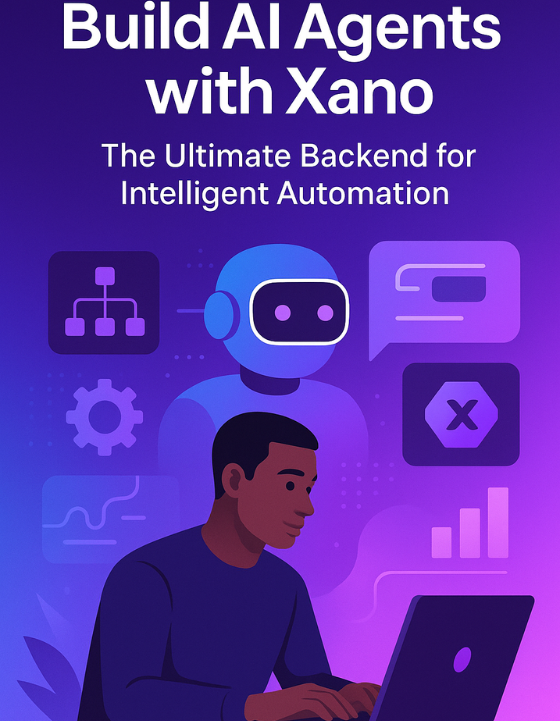
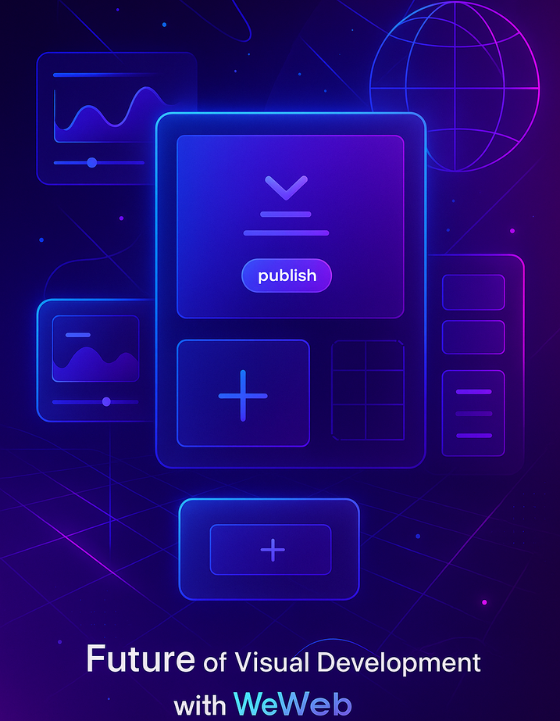
.png)
.png)
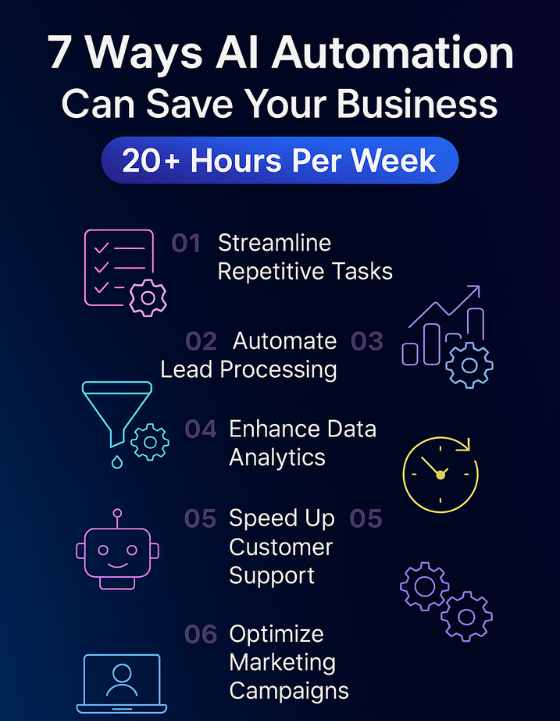
.jpg)
.jpg)
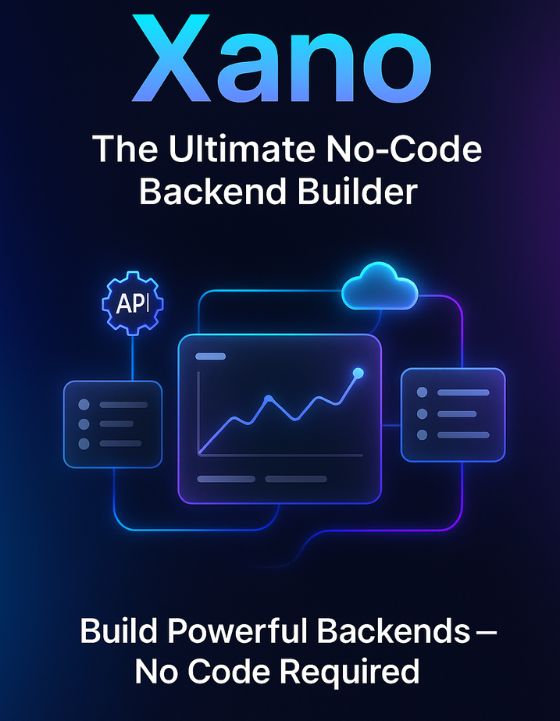
.png)
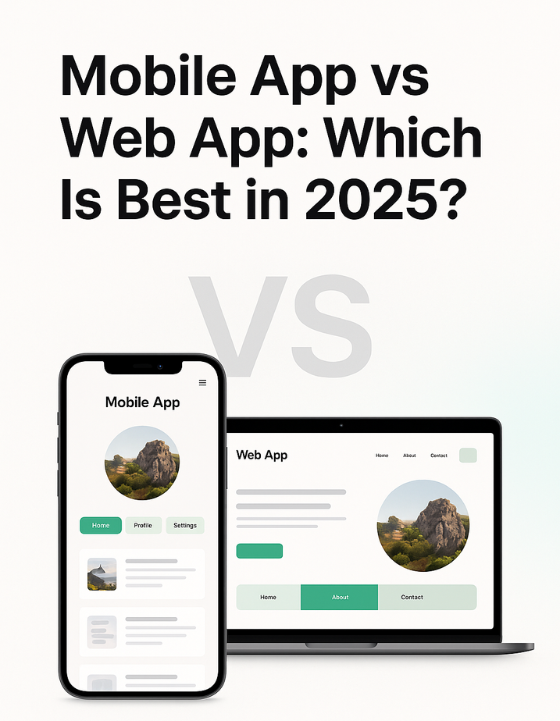
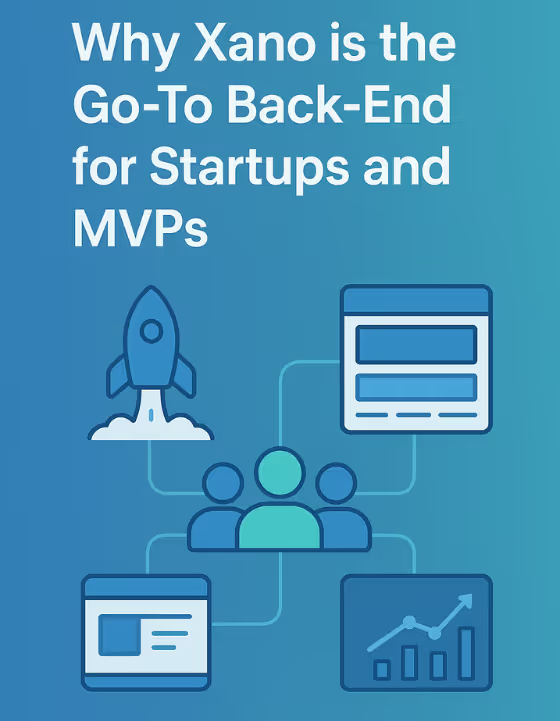



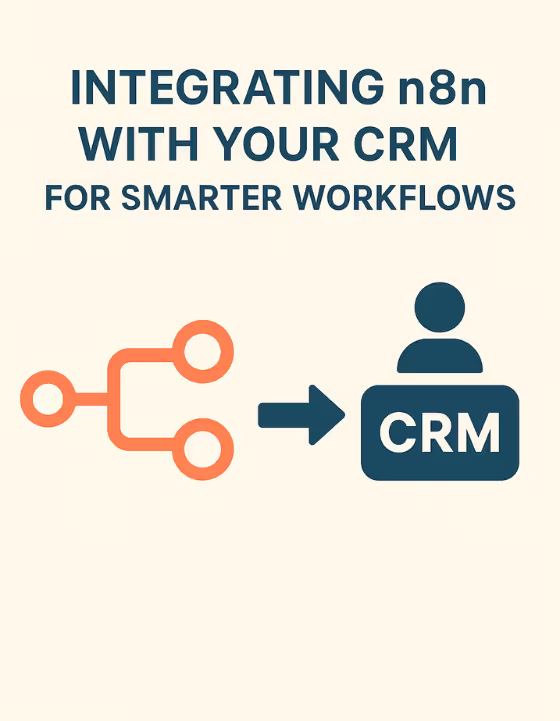
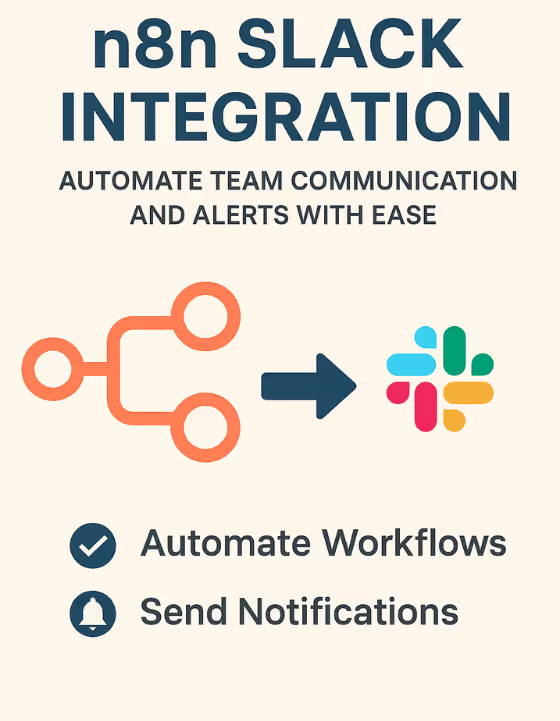




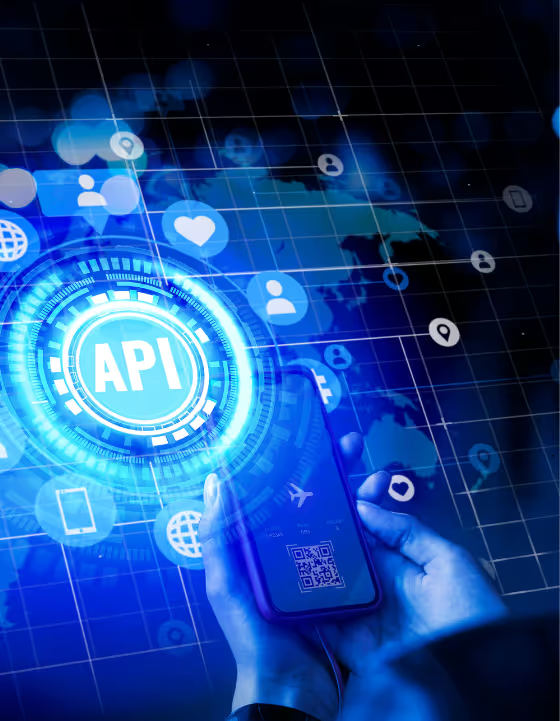








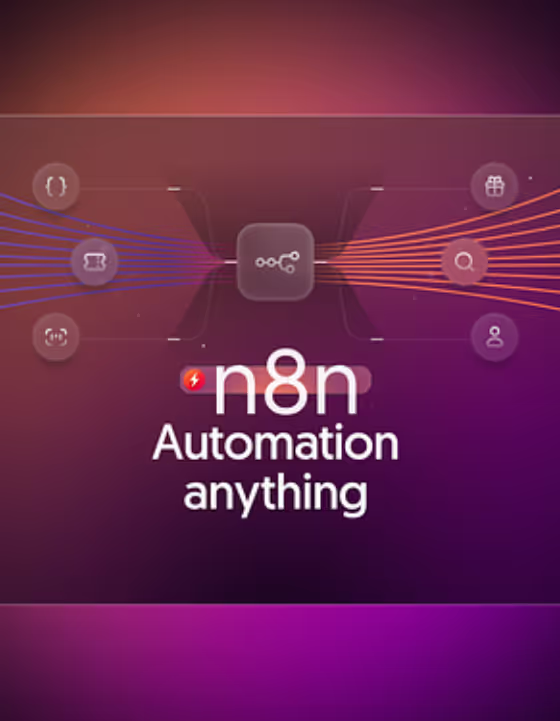


.avif)























.avif)














.avif)

.webp)





